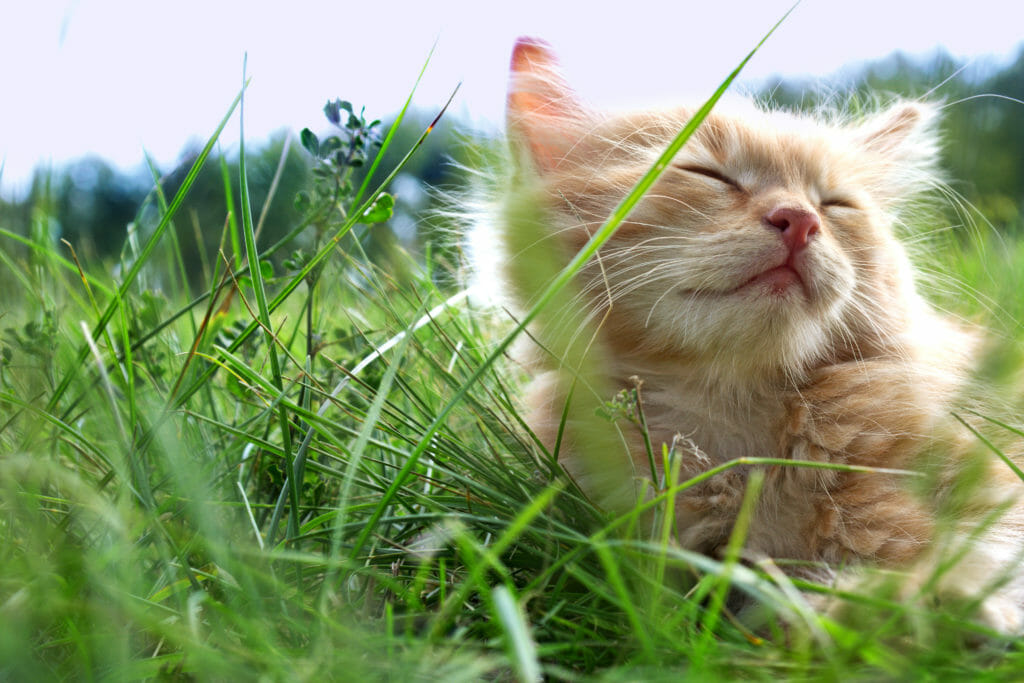“Samspon” is a 6 year old male neutered domestic medium-haired cat weighing 15.3lb. He is not currently up to date on his vaccines and has not been examined by a veterinarian since 2012. He is a indoor cat only and is currently being fed an inexpensive popular grocery store brand dry food.
Sampson arrived at the hospital in distress. The owners noticed the previous day he had been in and out of the litter box but not producing any urine. On exam, Sampson was quite painful – meowing and very agitated when his abdomen was touched. His bladder was hard and about the size of an orange. The veterinarian couldn’t express any urine. Blood-work revealed high kidney values.
Sampson had a urinary blockage. He required immediate medical intervention as this is an emergency. An intravenous (IV) catheter was placed in his front leg to allow the doctor to administer anesthesia and IV fluids. Sampson was anesthetized and a urinary catheter was placed (a small flexible tube that allows a direct passage of urine from the bladder into a collection bag attached to the patient).
His bladder was emptied and a urine sample was collected for testing. It contained blood and a large amount of crystals – which in turn formed the plug that prevented Sampson from being able to urinate. Once awake from the procedure, he was started on a variety of medications including pain control. He was placed in a kennel and his urine production was measured over the course of 24 hours.
Based on his progress and response to medications the urinary catheter was removed ( had been in place for 36 hours). This is a critical moment as it is very easy for an animal to “re-block”. Sampson must be able to urinate on his own otherwise the catheter must be replaced. He was watched closely throughout the day. After about 6 hours he had still not used the litter box. His bladder was the size of a small soft ball.
Sampson was reassessed by the doctor, who was able to manually express and empty Sampson’s bladder. This is good news. There was no blockage at this time. Sampson eventually started to urinate in his litter box later that day. He was eating his new diet (a canned urinary diet designed to dissolve and prevent crystals).
After another 24 hours in hospital, it was decided that Sampson was urinating well, eating his food and taking his medications. He was sent home overnight and returned the next morning for a recheck with the veterinarian. His bladder was medium-sized but able to be expressed. He was discharged from the hospital with medications, his new canned urinary diet food and to return in 2 weeks to recheck his urine to make sure the crystals are dissolving.
*this is an individual medical case. Not every patient has the same outcome*
Written by Dartmouth Veterinary Hospital



